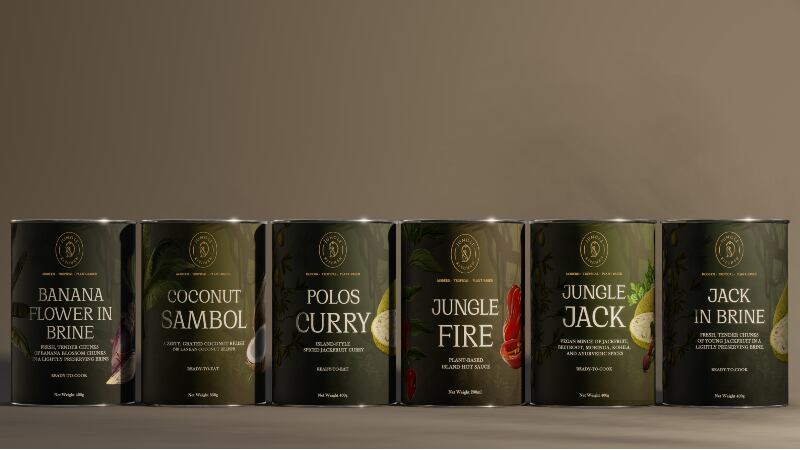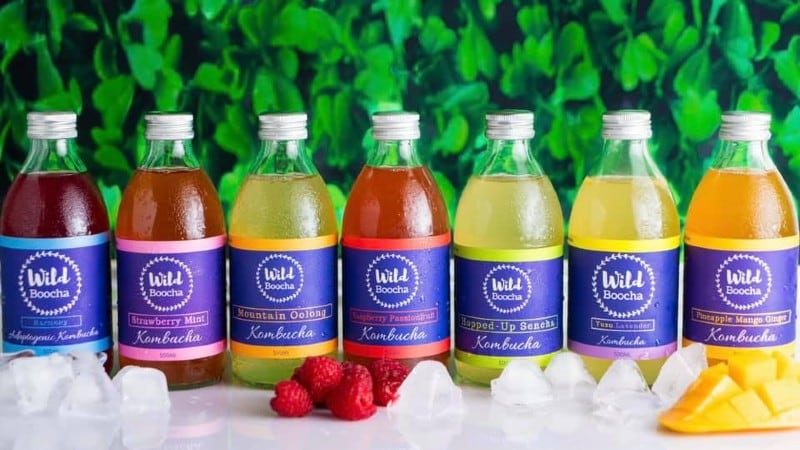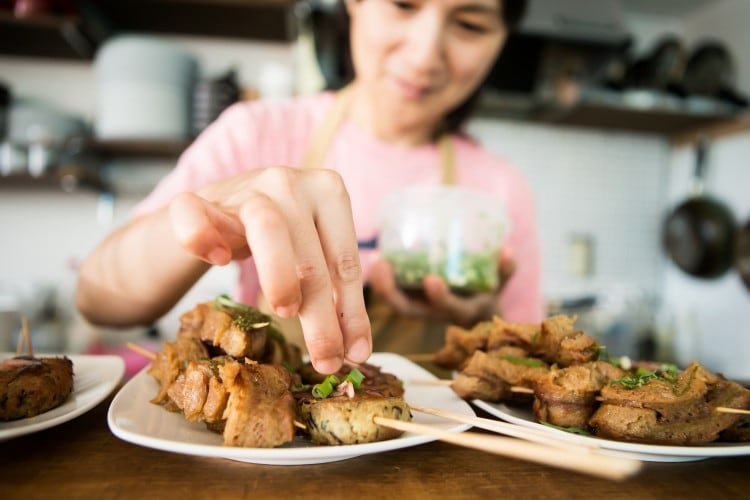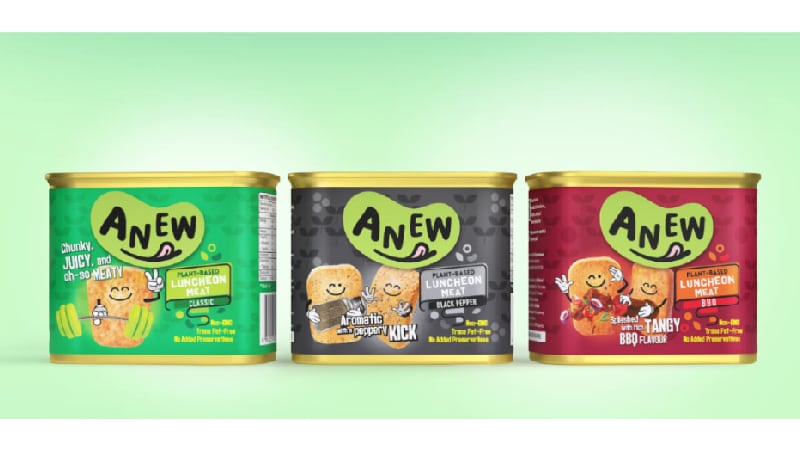For co-founders Surekha Yadav and Mukeeta Manukulasuriya, building the brand is akin to taking a journey back to their roots, and reinterpreting hand-me-down recipes with modern-day techniques and flavour profiles.
“One of the things that we want to do is to go back to our mothers and grandmothers’ recipes, delve deeper into their cooking techniques, and share them with the world. From the environmental perspective, we are part of a huge movement towards food sustainability.
“People are taking the leap [to adopt a vegan diet], but it’s not our mission to get everyone to be vegan. We just want to show that if they — vegan or otherwise — want to try plant-based alternatives, there is an option using all-natural ingredients to create flavours that they and the generations before them remember and love,” Manukulasuriya told FoodNavigator-Asia.
Jungle Kitchen’s products are made from locally sourced ingredients in South East Asia (SEA) and South Asia to champion the quality and diversity of the regions’ produce.
Yadav believes that the products “will have an audience” due to the growing interest in eating sustainably and indigenously among consumers from all walks of life.
“We are reasonably confident because it isn’t just us who are creating this noise. Now, there are so many restaurants that hero local ingredients and heritage recipes. We have middle-aged consumers telling us that they remember putting banana blossom — one of our ingredients — in rojak (a popular salad dish in SEA). Everyone likes things that they have memories of,” Yadav added.
At the same time, the brand hopes to introduce more tropical ingredients to the younger generation.
“We live in a beautiful part of the world that has such great quality vegetables and fruits, such as jackfruit, banana and coconut. However, we realised that for many people, there is a disconnect between who they are and what they eat. For instance, some may have heard of or tasted jackfruit, but they may not have seen or touched it before. Education is something we are also trying to do. Fortunately for us, there is a lot of interest right now in uncovering ingredient sources and understanding them,” said Yadav.
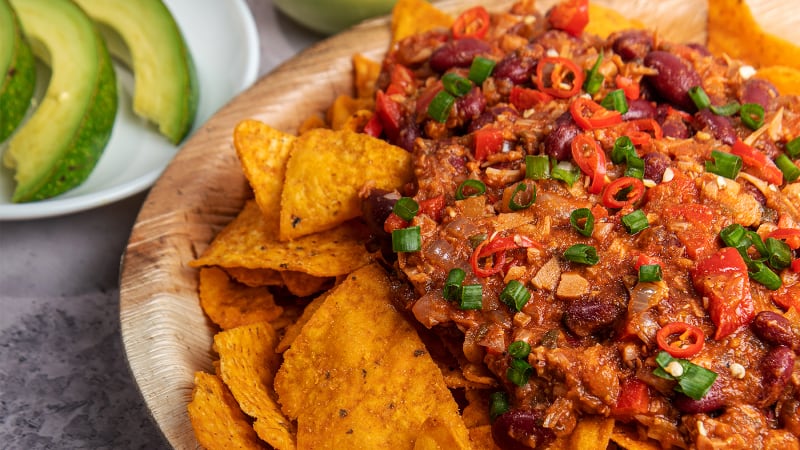
Variety and versatility
Jungle Kitchen showcased its products for the first time at the FHA-Food & Beverage 2023 held from 25 to 28 April in Singapore.
There are currently six products in the line-up, consisting of both ready-to-eat (RTE) and ready-to-cook options. Among them is JUNGLE JACK, a plant-based minced meat made with young jackfruit, beetroot, moringa, kohila, turmeric and other “Asian superfoods”.
“JUNGLE JACK absorbs the spices and seasonings it is cooked with. It has a meaty texture and can be easily shaped into burger patties, meatballs and even sausages. You can cook curry with it, make cutlets by deep-frying, or use it as a minced meat substitute in spaghetti bolognese. It is super versatile, and it doesn’t contain preservatives,” Yadav shared.
According to Yadav, the brand’s recipes are concocted by research, palate needs and ingredients.
“We wanted to work with banana blossom, which is a good fish substitute, but we needed to find out how to go about it. Banana blossom is used in many dishes but it’s not as popular as jackfruit. We asked ourselves, ‘Why is that so? Has it got to do with the texture?’.
“The truth is a lot of these information have been documented in pockets. Thus, we see our role in curating and putting all the information together, and packing these ingredients into our products. Raising awareness is one of the main prongs of our marketing strategy,” said Yadav.
Exporting Asian heritage
Going forward, Jungle Kitchen will be focusing on two key areas — the first being working with chefs to incorporate its products into restaurant menus, and the second is to kick off commercial sales.
The brand is planning to start with online sales, before stocking them at certain “strategic retail outlets”.
“[Our plan] is not limited to Singapore. We are in the process of obtaining ISO certification. Once we get that, we can basically go anywhere because what we really see ourselves doing is exporting tropical Asian culture and heritage to the rest of the world,” Yadav emphasised.
Notably, the team is already working on their next range, which will include more RTE products such as asam pedas, a popular South East Asian sour and spicy fish curry.
“We’re also looking to add more things in brine, such as sea grapes, which are delicious tiny balls of umami that have been underutilised. The potential seems endless,” added Yadav.
In addition, the brand is making efforts to ensure sustainability throughout the supply chain, including working with farmers in Sri Lanka to adopt more eco-friendly practices.
“Even for our packaging, we chose a zero-plastic option — aluminum tin — that uses the least amount of energy to recycle, as opposed to glass,” Manukulasuriya said.


